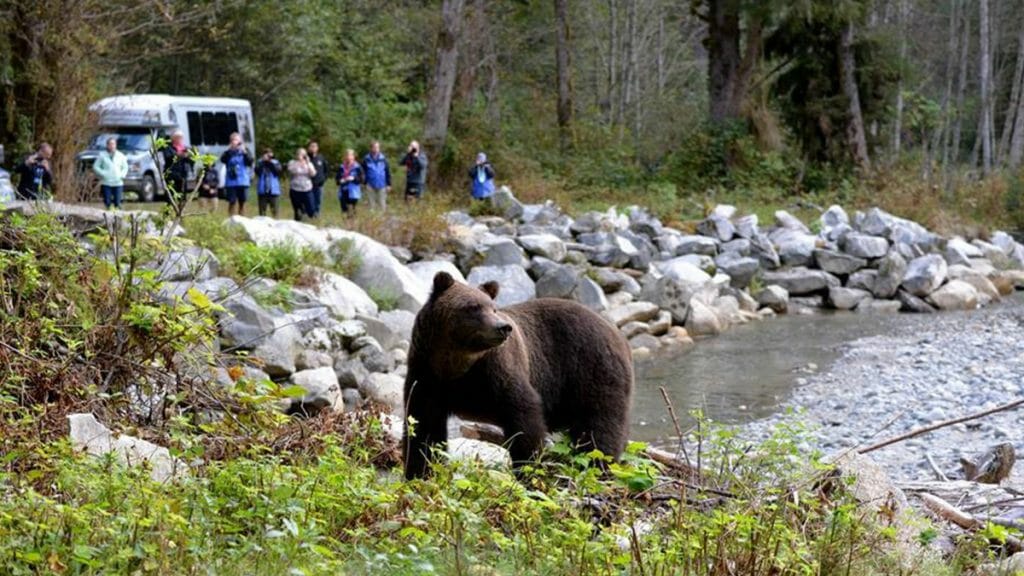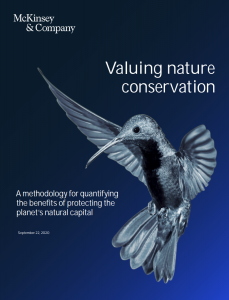Estimated Reading time

2 Mins
Coast Funds Featured in Global Report on Benefits of Conserving Nature


It has been long established by the UN Convention on Biological Diversity that 30 per cent of the planet must be protected by 2030 in order to sustain biodiversity and human well-being. But a recent report by McKinsey & Company digs deeper into this number, laying out the quantifiable benefits of conserving our lands and waters.
A recent McKinsey & Company article summarizes the report, examining the significant benefits of protecting our natural world. Benefits include reducing atmospheric carbon dioxide, creating and protecting millions of jobs worldwide, safeguarding a total of $300 to $500 billion in annual GDP, and critical habitat protection for threatened and endangered species.
At the request of McKinsey & Company, Coast Funds’ CEO, Brodie Guy contributed a case study to the report, building on Coast Funds’ strategic priority of continuous knowledge sharing. The case study explores one of the first “large-scale, multi-party Project Finance for Permanence (PFP) initiatives”—the Great Bear Rainforest Agreements inclusive of the creation of Coast Funds.
The stewardship and sustainable economic development efforts of the 27 First Nations whose territories span the Great Bear Rainforest and Haida Gwaii provide an excellent example of the benefits that can be achieved through protection of lands and waters. The Great Bear Rainforest agreements protected over 2 million hectares of rainforest. Here, valleys sustain more biomass than any other terrestrial ecosystem on earth; streams and rivers sustain 20 per cent of the world’s wild salmon; forests, marine estuaries, inlets, and islands support tremendous biological diversity including grizzly bears, the genetically unique white Spirit Bear and coastal wolf populations, six million migratory birds, and a multitude of unique botanical species.
In November 2020, Amazon Sustainable Landscapes held a virtual knowledge session about the McKinsey & Company report. Watch the session below:
The stewardship and sustainable economic development efforts of the 27 First Nations whose territories span the Great Bear Rainforest and Haida Gwaii provide an excellent example of the benefits that can be achieved through protection of lands and waters.
The Great Bear Rainforest agreements also demonstrate that protection alone is not enough. Ongoing stewardship is essential. In the Great Bear region First Nations operate 16 unique regional monitoring and Guardian Watchmen programs, covering an average area of 3.5 million hectares annually. With funding approved by Coast Funds, First Nations’ stewardship programs have conducted 263 scientific research or habitat restoration initiatives on 58 different species.
Continued stewardship by Indigenous Peoples of their traditional territories provides major impacts for both the natural and the human world. First Nations have created 1101 permanent new jobs and invested nearly $50 million in local family-supporting salaries, through projects supported by Coast Funds.
The McKinsey report points out that “lands inhabited by Indigenous Peoples account for 37 per cent of all remaining intact natural areas across the earth.” They are also hold knowledge, based on millennia of experience, for how best to steward some of the most significant lands and waters on earth.
Read the full report Valuing Nature Conservation.
